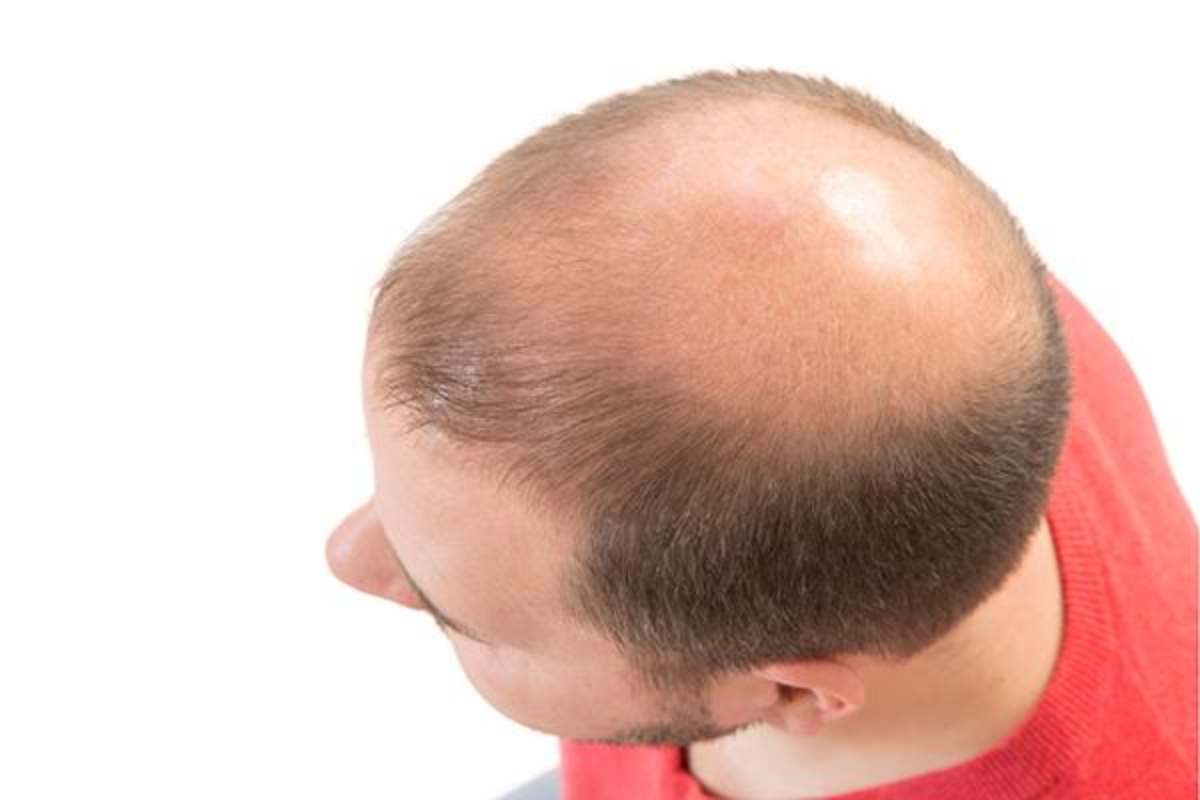Hairstyles go beyond appearance. Not only do they say something about your personality and taste, but hairstyle trends also act as a reflection of a generation. Trends can give you a good look into what people from a certain time valued as a whole. This is one of the reasons we love hair so much at The Limmer Hair Transplant Center! Let’s take a look at some of the most prevalent trends over the past eight decades.
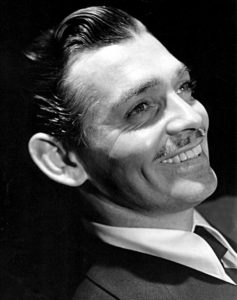 1930s
1930s
The 1930s was all about classy and controlled hair. Heartthrob Clark Gable (to the right) led the trend of slicked back hair with a longer length at the top. Men would grow out the top of their hair while keeping the sides and back short. Then, they would comb back the top with a liberal amount of hair cream and oil, achieving a shiny and controlled hairstyle. You wouldn’t be able to find a hair out of place. Men often kept their faces clean-shaven or wore a neatly trimmed mustache, like Gable’s.
 1940s
1940s
While slicked backed hair was still popular in the 1940s, men grew the top of their hair out even longer, creating tasteful volume. This extra length made it easy to brush the hair back and style it. The 1940s hairdo was a precursor to the wildly popular pompadour style of the 1950s. You can see Tyrone Power, a popular actor of the time, happily showing off the glossy hairstyle with a side part to the right.
1950s
 The 1950s paved the way for modern men’s haircuts with much bolder styling. The pompadour was a game changer, worn by Elvis Presley and James Dean. The majority of men in the ‘50s still valued appearing more conservative, so hair was still relatively short and controlled compared to later years’ standards. But it was much bigger, wetter and greasier than the decades before, with men using a hefty amount of gel or Brylcreem. Depending on the style they were going for, men might keep their pompadour controlled and tight, or let a few locks hang loose for a more casual and daring appearance. Crew cuts were also popular with professionals at the time.
The 1950s paved the way for modern men’s haircuts with much bolder styling. The pompadour was a game changer, worn by Elvis Presley and James Dean. The majority of men in the ‘50s still valued appearing more conservative, so hair was still relatively short and controlled compared to later years’ standards. But it was much bigger, wetter and greasier than the decades before, with men using a hefty amount of gel or Brylcreem. Depending on the style they were going for, men might keep their pompadour controlled and tight, or let a few locks hang loose for a more casual and daring appearance. Crew cuts were also popular with professionals at the time.
1960s
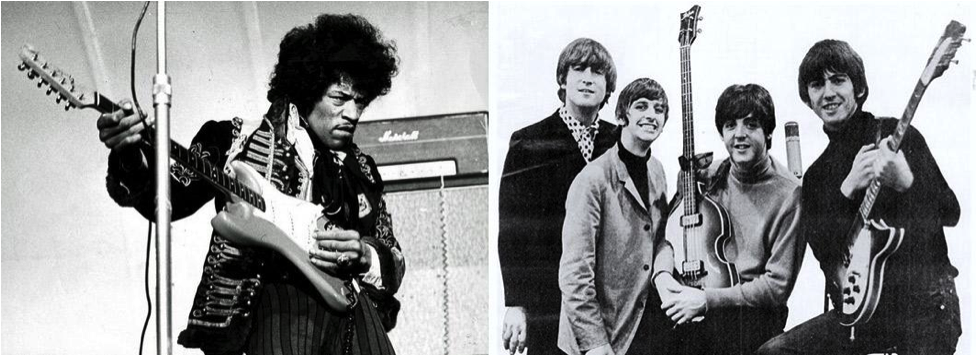
If slicked back locks defined male hairstyles in the early 1900s, the ‘60s was the start of letting hair loose. Instead of brushing their hair back, many men combed their hair over their forehead to achieve the renowned “mop top” look that The Beatles helped to popularize. Many black men and women let their hair grow big into iconic afros, just like Jimi Hendrix. People were unafraid to make their hair big, long and bold, emulating the counterculture lifestyle popular at the time. While some weren’t afraid to deviate from tradition, many men still wore the crew cuts and pompadours that were made famous in the ‘50s.
1970s
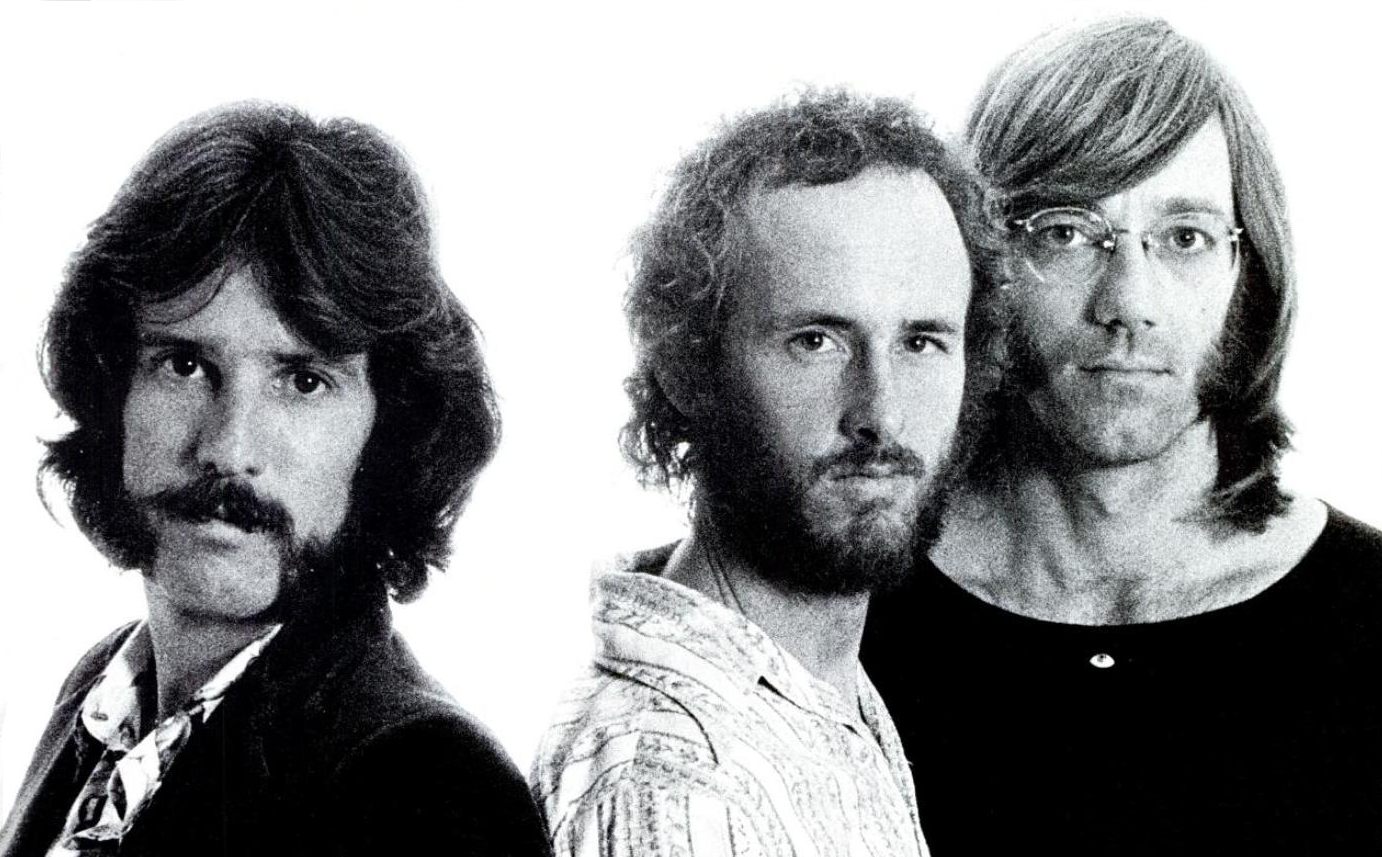
The ‘70s took the ‘60s idea of growing hair out even further – literally. The hippie movement spurred men to grow their hair out extremely long, both on their face and their head. Seemingly unkempt hair, beards and bulky sideburns were in as hippies worked to strengthen their bond with nature and the natural self. Men also wore jewelry and accessories, expressing themselves through art.
1980s
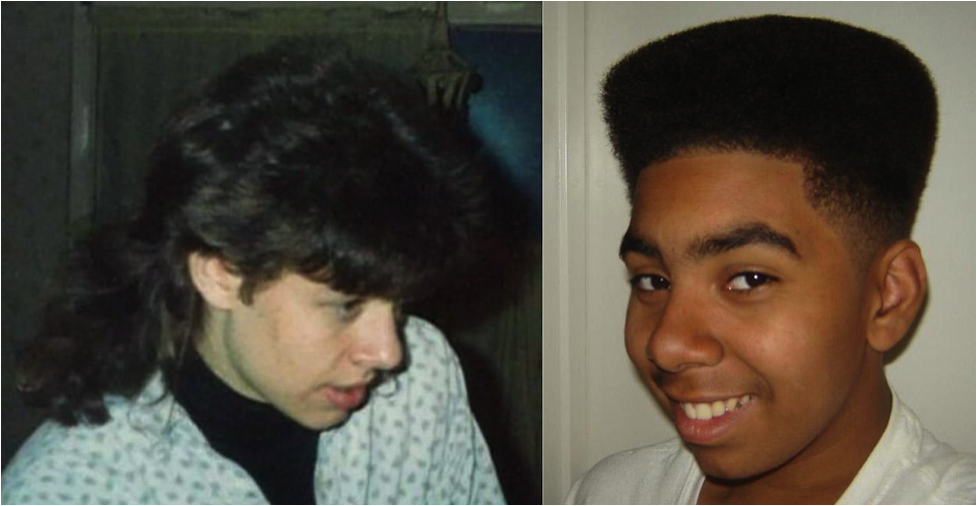
Left Image By Alsears (Own work) [CC BY-SA 3.0 (http://creativecommons.org/licenses/by-sa/3.0) or GFDL (http://www.gnu.org/copyleft/fdl.html)], via Wikimedia Commons
Right Image By Paul Uzzo (Own work) [CC BY-SA 3.0 (http://creativecommons.org/licenses/by-sa/3.0)], via Wikimedia Commons
The ‘80s has long been known as a low point for hair in the U.S. On the more alternative side, mohawks were brought into fashion thanks to the punk subculture. Working class men wore the infamous mullet and hi-top fades were popular among black men. The punks also rocked spiky and brightly colored hair, and Michael Jackson popularized the Jheri curl. While puffy and big hairdos were popular among women, men often shaved their head completely or wore flattops.
1990s
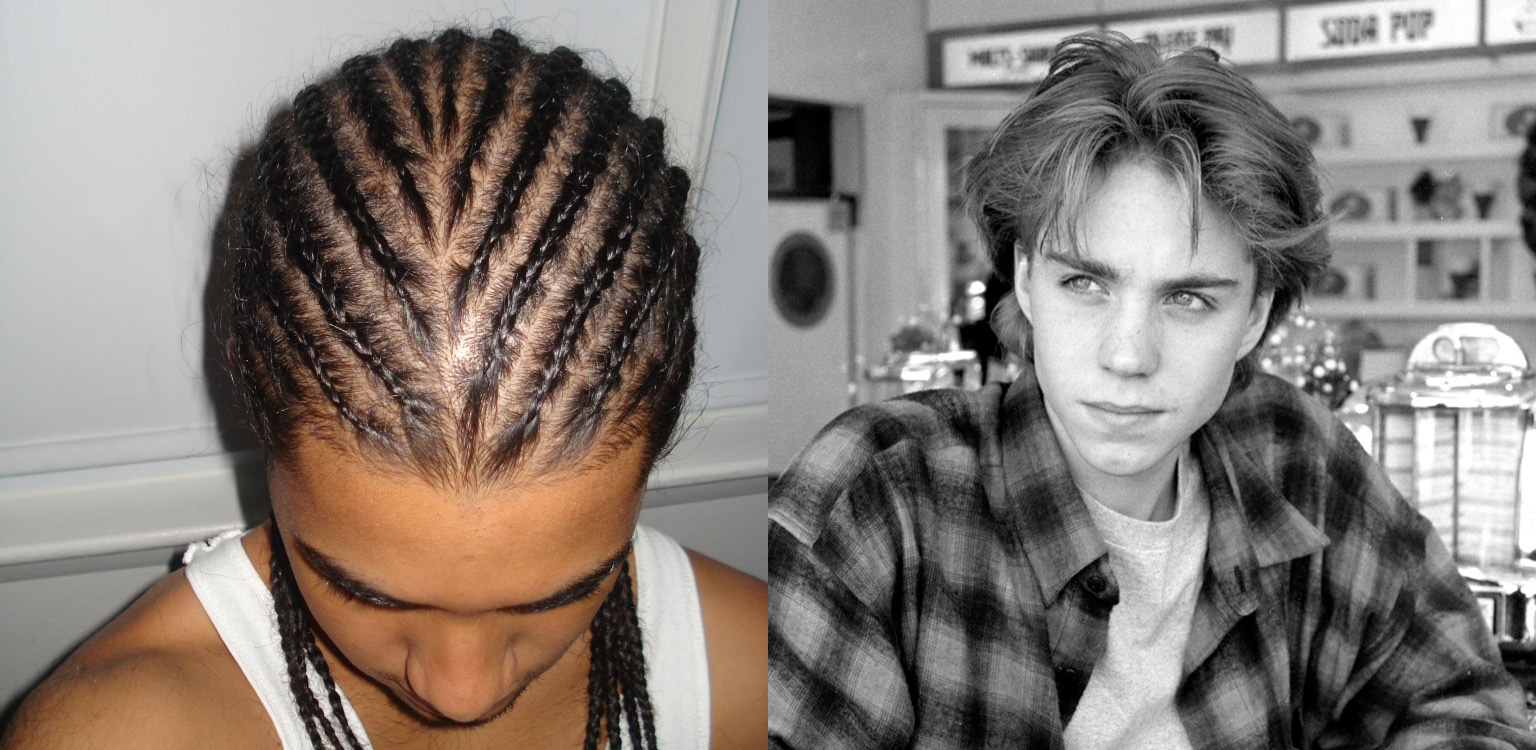
Left Image By Airwolfberlin (Own work) [CC BY-SA 3.0 (http://creativecommons.org/licenses/by-sa/3.0)], via Wikimedia Commons
Long hair remained popular in the ‘90s, though sideburns were nowhere to be seen. Musicians like Snoop Dogg helped inspire the popularity of cornrows. Hi-top fades didn’t fade out and flattops were still trendy. One of the most popular hairstyles of the decade was curtained hair, which you can see actor Jonathan Brandis sporting in the image above. Curtained hair featured short hair on the back and sides of the head, and a long fringe on top that was parted in the middle or on the sides. Young men who were part of the grunge culture wore long unkempt hair like Kurt Cobain. Caesar cuts were also in style, thanks to George Clooney.
 2016 Hairstyle Trends
2016 Hairstyle Trends
The hottest male hair trend of 2016 so far is the undercut. What’s great about the undercut is that it works for both older and younger men. Because there are so many different undercut styles, you can make your undercut look professional, alternative or casual. It also works with all different types of hair. Undercuts typically feature trimmed or shaved sides with a long top. The top can be gelled back for a ‘40s or ‘50s throwback or left sit naturally for a more casual look. Take a look at this guide to men’s undercuts for some inspiration.
No matter what decade you’re looking at, one thing remains the same for all of these hairstyles (except for the shaved head look): you need a good amount of hair to pull them off. If you want to rock an iconic style but don’t have the thick head of hair to do it, contact The Limmer Hair Transplant Center today. Our practice is dedicated to providing effective non-surgical hair restoration treatments and hair transplant surgeries for our patients. You can take a look at before and after pictures of our patients here.






